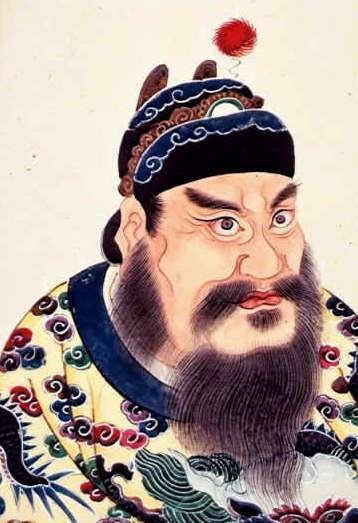Lessons in Design and Strategy from China's First Emperor | Brain Pickings
Geege Schuman stashed this in Design
Stashed in: Creativity, Design!, China!, Conflict, Strategery, Awesome, Beijing, China, Design, @brainpicker
One of his major feats, Rawsthorn tells us, was standardization:
The design of all weaponry was improved under Ying Zheng’s command. The optimum size, shape, choice of material and method of production for each piece was determined, and every effort made to ensure that weapons of the same type adhered to the chosen formula. The Qin army had used bronze spears for over a thousand years, but the blades were rendered shorter and broader. The dagger-axes were redesigned too. Putting six holes in the blades, rather than four, ensured that their bronze heads could be attached more securely and were less likely to shake loose in the frenzy of battle.
Even more important were the changes to Qin’s bows and arrows. Archers were critical in determining the outcome of every stage of combat in Ying Zheng’s era, but their weapons were made by hand, often to different specifications. If an archer ran out of arrows during a battle, it was generally impossible for him to fire another warrior’s arrows from his bow. Similarly, if he was killed or injured, his remaining ammunition would be useless to his comrades. And if a bow broke, that archer’s arrows risked being wasted. The same problems applied to more complex weapons like crossbows. The result was that an army’s progress was often impeded by weapons failure because its archers were unable to fight at full efficiency, if at all.
With standardization also came a new level of production accountability:
Ying Zheng’s forces resolved these problems by standardizing the design of their bows and arrows. The shaft of each arrow had to be a precise length, and the head to be formed in a triangular prism, always of the same size and shape. The components of longbows and crossbows were made identical too, and these design formulas were rigidly enforced. Each piece of government equipment was branded with a distinctive mark to identify who had made it and in which workshop. If a particular weapon was deemed substandard, the offending artisans would be fined, and punished more severely if the problem recurred.
Who shall draw the first parallel?
He didn't just invent standardization -- he invented Quality Assurance, too!
Geege, you are providing intuitive phenomenons' to my creative process. Thank you.
You're welcome. :-) Credit to Maria Popova and "Brain Pickings".
Just re-read this. I love this definition:
Design is a complex, often elusive phenomenon that has changed dramatically over time by adopting different guises, meanings and objectives in different contexts, but its elemental role is to act as an agent of change, which can help us to make sense of what is happening around us, and to turn it to our advantage. Every design exercise sets out to change something, whether its intention is to transform the lives of millions of people, or to make a marginal difference to one, and it does so systematically. At its best, design can ensure that changes of any type — whether they are scientific, technological, cultural, political, economic, social, environmental or behavioral — are introduced to the world in ways that are positive and empowering, rather than inhibiting or destructive.














6:03 AM Mar 17 2013